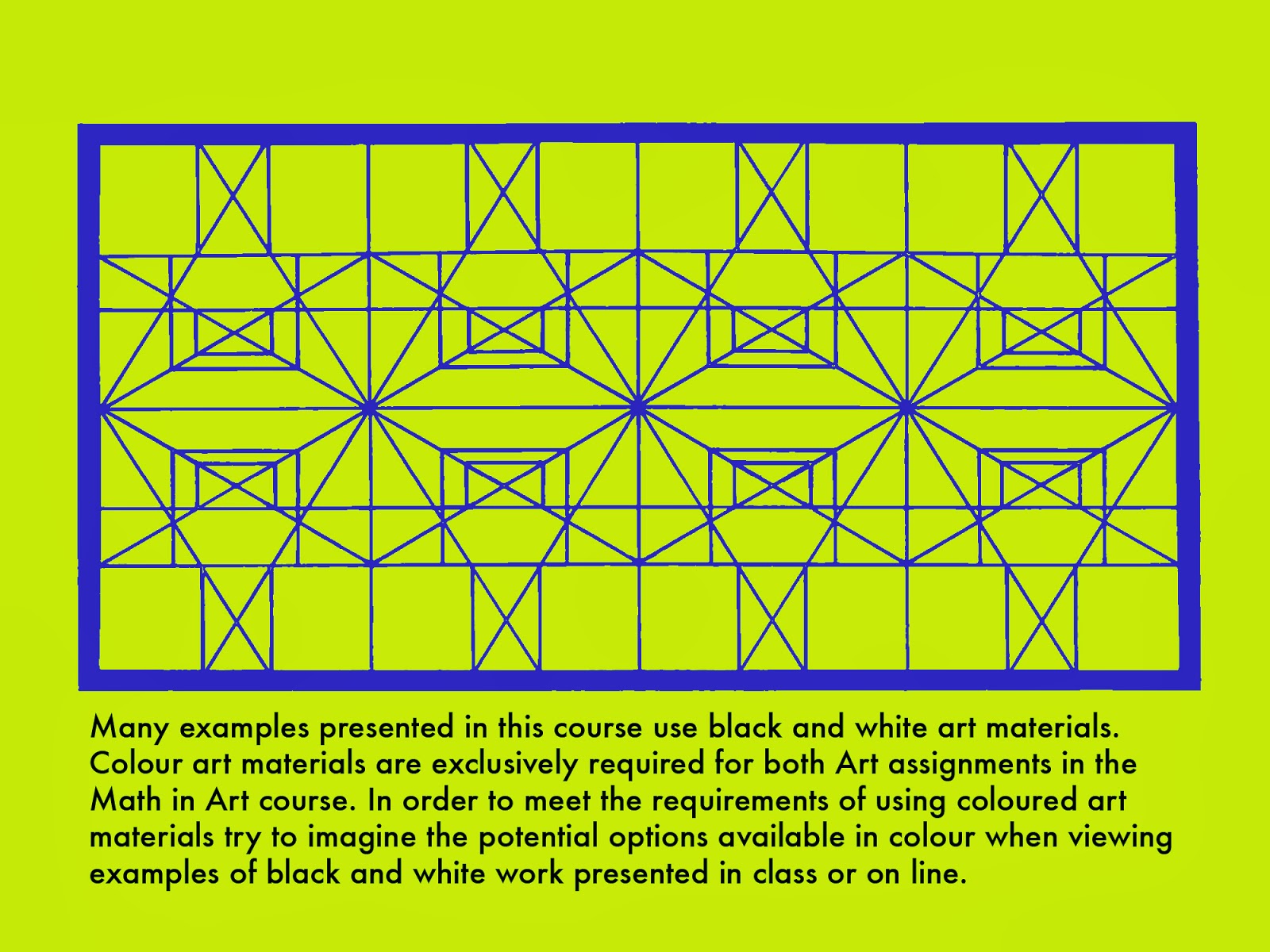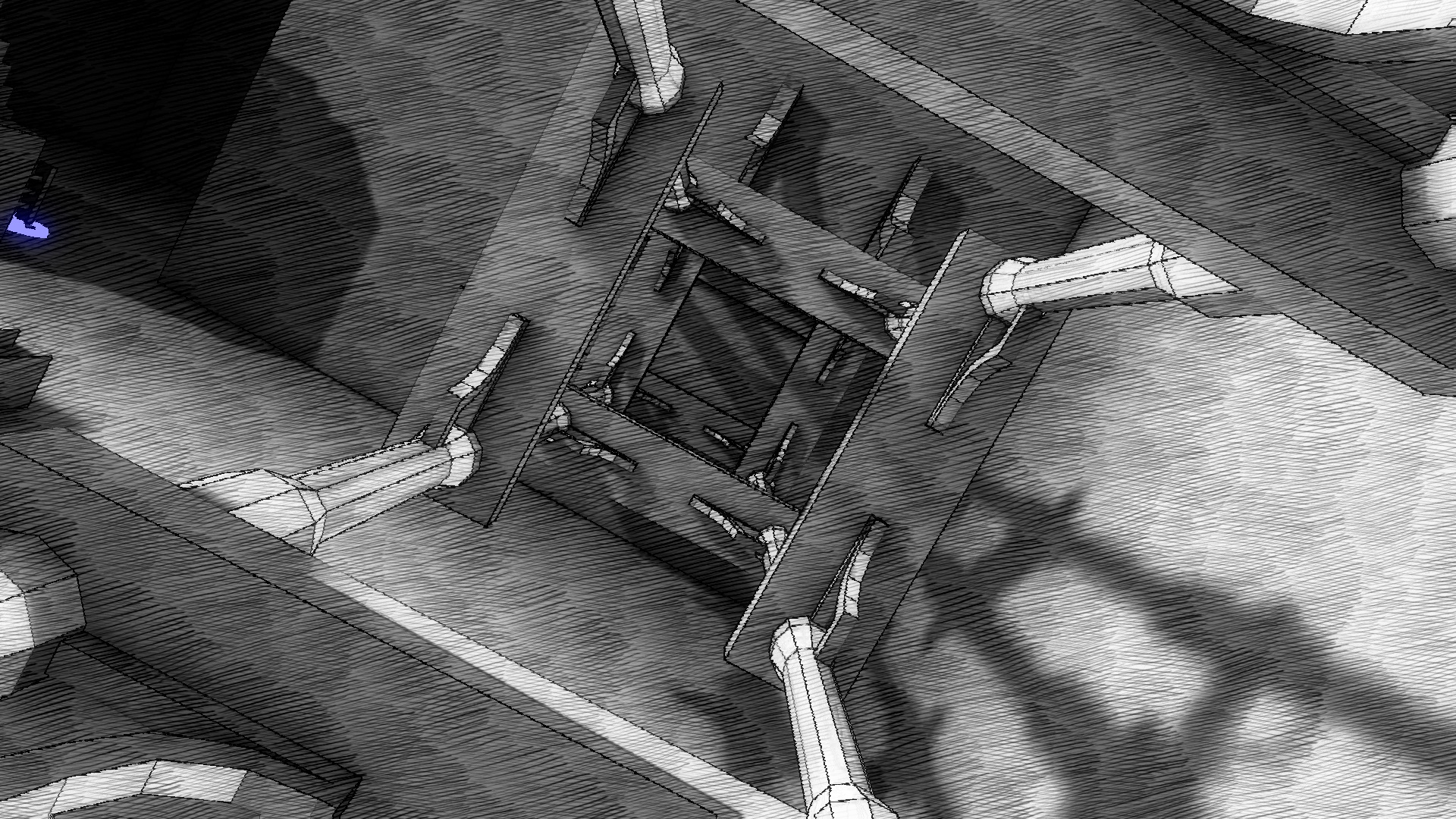

After making the appropriate calculations, take the new answer and plug it back into the equation. The set starts with a point on a complex plane, represented by a two-dimensional graph, and that point is used as the initial value for a particular equation. His 1982 book The Fractal Geometry of Nature remains a classic. Mandelbrot, the late French-American mathematician who was the first to organize fractals into a field worthy of investigation. In the late 20th century a pattern called the Mandelbrot set took much of the math and art worlds by storm. To highlight the curious swoops of the surface, she used a perforated texture that both plays with light and draws attention to the curious topography. Grossman’s sculpture is part knot theory and part puzzle.

The surface bounded by the Borromean rings is called a Seifert surface. Their interactions are of particular interest to mathematicians who work in knot theory. The rings are members of a mathematical family of link forms, each member characterized by three closed curves with no two physically connected. It is an ancient form called Borromean rings that is seen today in the logo of the International Mathematical Union. If you remove one, the other two can separate. The three outer rings here do not touch one another but are still inextricably interlinked. She delights in symmetries, impossibilities and the division of space. As illuminations that evoke the work of medieval scribes, Verostko separately created abstract figures ( left), produced with a plotter pen.įor more than a decade Grossman, who lives near Boston, has been using 3-D printing to forge mathematical sculptures out of metal. This UTM “text” ( above) is binary code, a long string of 0s and 1s, the language of computers. Through his religious studies, he had long been enamored of illuminated manuscripts-handwritten medieval texts embellished with elaborate illustrations in gold or silver-and decided the UTM was contemporary work that deserved illumination. When Verostko learned about the UTM, he thought of it as a kind of foundational text of our time, a creation that would change culture forever. The machine is named for computational pioneer Alan Turing, and the universal version is a machine that could emulate the functions of every specialized Turing machine, which means it could theoretically compute anything that could be computed. He created this piece in 1998 after reading about the universal Turing machine (UTM) in Roger Penrose’s 1989 book The Emperor’s New Mind. He is a pioneer in algorithmic art, which generates new visions using computer programs, and he uses algorithms to guide the drawing arm of a pen plotter.
#Non euclidean geometry art code#
Verostko trained as an artist in the 1940s, became a priest, left the priesthood, got married, dissected computers and learned to code in BASIC. Manchester Illuminated Universal Turing Machine, #23 (1998) The original stated there will never be a countable number of primes.
.jpg)
*Editor's Note: (9/10/18): This sentence from the print article was edited after posting to correct an error. Here are a few of the most striking works. Roots of the current wave go back to the end of the 20th century, but artists today call on a wider spectrum of mathematical muses and use more modern tools. Now interest in math art appears to be blooming, shown by an uptick in exhibitions and even academic journals. Many of them exchange ideas every year at the international Bridges conference on math and the arts or meet at the biennial Gathering 4 Gardner, named for Martin Gardner, who wrote the celebrated Mathematical Games column in this magazine for 25 years. They weave, and they sketch, and they build. They ask questions using the language of numbers and group theory and find answers in metal, plastic, wood and computer screen. Some mathematicians and artists see a false choice between math and art. Visually, these transformations can appear as intensely beautiful symmetries, such as the radial patterns of snowflakes. Mathematicians who study group theory, for example, analyze rules governing rotations or reflections. A proof or equation can have an elegant, aesthetic effect. There will never be a finite number of primes, for instance, and the digits of pi will go on forever.*īeneath that certainty, however, lies a sublime attractiveness. The discipline is driven by rules and principles that are eternal and stoic. We often regard mathematics with a cold reverence.


 0 kommentar(er)
0 kommentar(er)
